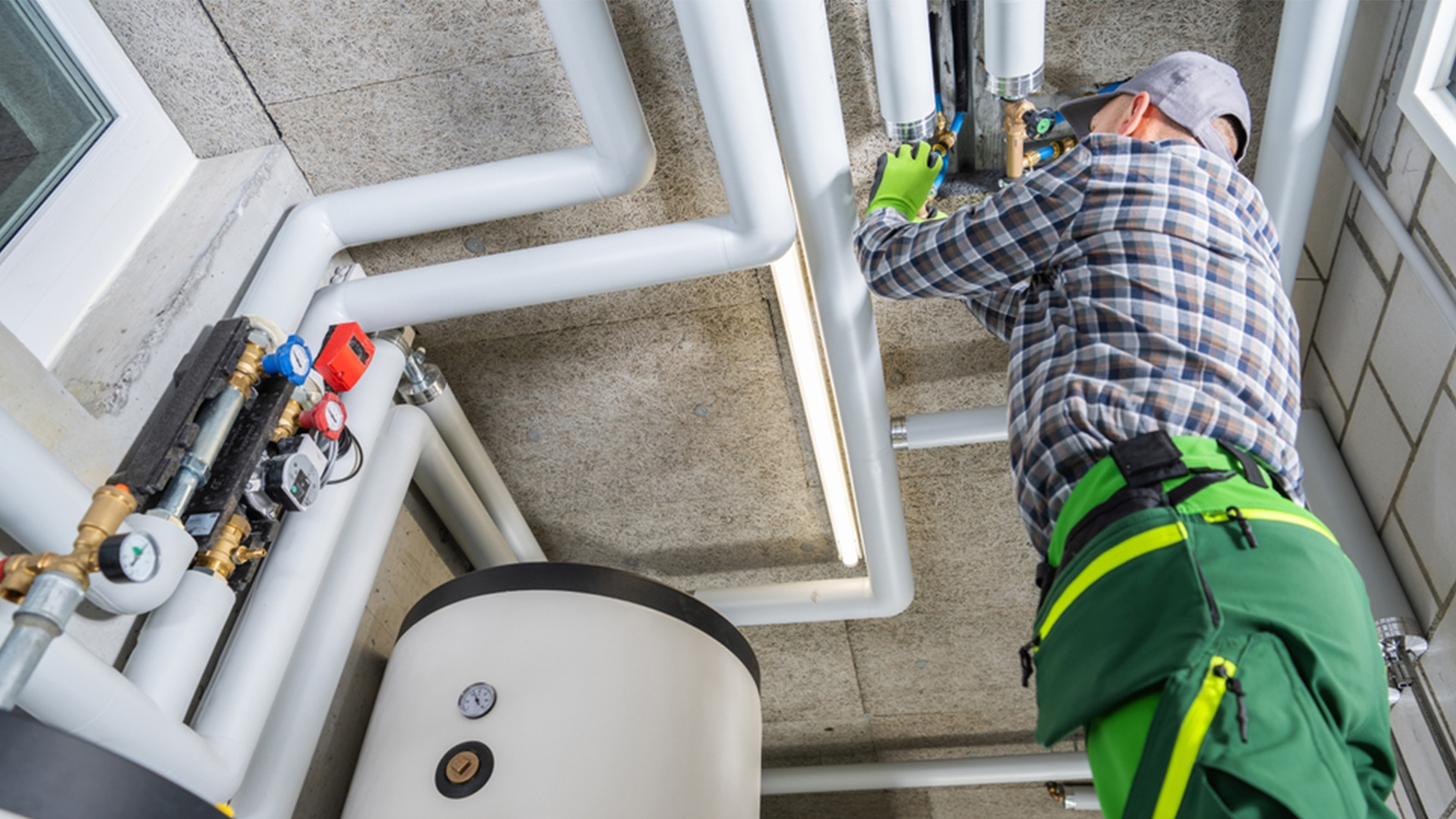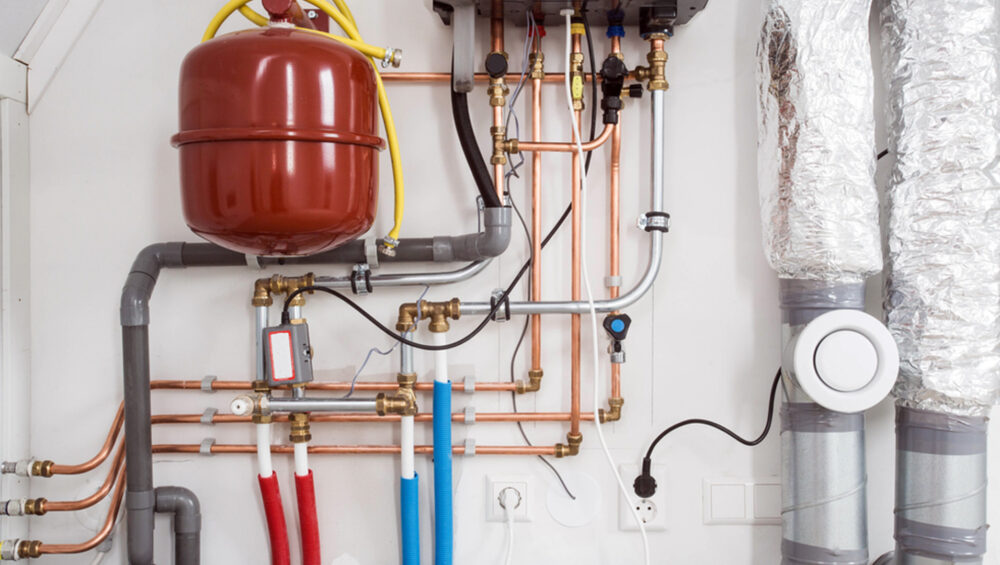Propane is an incredibly versatile fuel that powers everything from home heating systems to outdoor grills. You can be a homeowner using propane for heating or a business owner relying on propane for industrial needs; either way, you would need to customize your propane setup for maximizing efficiency. Choosing the right propane fittings is one of the most important factors to consider.

In this blog, we’ll break down everything you need to know about propane fittings and how to customize your propane setup for maximum efficiency. Whether you’re using a 500-gallon propane tank for home heating or a smaller 20 lb propane tank for a grill, understanding how to select and use the right fittings can save you money, time, and hassle.
About Propane Fittings
Propane fittings are essential components that connect propane tanks to other appliances. They come in different shapes, sizes, and materials and are designed to ensure safe and efficient propane flow. Begin with choosing the right fittings based on your tank size, propane needs, and appliances.
Common Types of Propane Fittings
- POL Fittings: These are the most used fittings for propane cylinders. They’re threaded and maintain a secure connection between your tank and appliance.
- ACME Fittings: These are typically used with smaller propane cylinders like the 100 lb propane tank or 20 lb propane tank. They are easier to connect and disconnect.
- Flare Fittings: These are used to connect propane lines to appliances. Flare fittings are important to have a tight and leak-free seal. They work with copper tubing and other propane pipes.
- Quick Connect Fittings: As the name suggests, quick-connect fittings make it easy to connect and disconnect propane tanks from appliances. These are ideal for portable setups, such as small propane tanks used in RVs or camping grills.
Customizing Your Setup
Customizing your propane setup is essential for ensuring maximum efficiency and safety. This involves not just selecting the right tank but also making sure your fittings are suitable for your appliances.
Selecting the Right Fittings
Make sure to get fittings that match your propane tank size and the appliances you’re powering. For example:
- For a 20 lb or 100 lb Propane Tank
You’ll likely need low-pressure regulators and smaller hose fittings for portable appliances like grills and heaters. - For a 250 or 500 Gallon Propane Tank
For large tanks, high-pressure regulators, larger hose fittings, and adapters might be necessary to handle multiple appliances and higher propane gas flow.
Ensuring Maximum Efficiency
For those looking to optimize their propane setup, here are some tips:
- Use appropriate fittings: Ensure that all fittings are the correct type and size for your appliances. Using the wrong fittings can cause leaks, reduced efficiency, and safety hazards.
- Regular inspections: Propane tanks and fittings should be inspected annually for leaks and damages.
- Choose the best propane tank for your needs: Whether you’re using propane for your home, RV, or business, make sure you know what tank size you need. Propane tanks for sale can be found at most propane suppliers, and they will help you select the most efficient option for your usage.
- Schedule deliveries wisely: Opt for automatic propane delivery near me to avoid running out of fuel unexpectedly. Many propane suppliers offer services that track your usage and schedule deliveries accordingly.
Conclusion
Customize your propane setup to maintain efficiency and so that all your appliances operate smoothly. From selecting the right propane tank to ensuring your propane fittings are properly installed, each element plays a role in the overall performance of your system. Regular maintenance, refills, and choosing the right components will help you get the most out of your propane setup.


